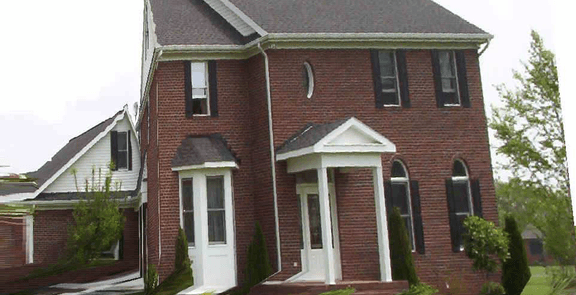Learning 3-D Scene Structure from a Single Still Image

We consider the problem of estimating detailed 3-d structure from a single still image of an unstructured environment. Our goal is to create 3-d models which are both quantitatively accurate as well as visually pleasing. For each small homogeneous patch in the image, we use a Markov Random Field (MRF) to infer a set of “plane parameters” that capture both the 3-d location and 3-d orientation of the patch. The MRF, trained via supervised learning, models both image depth cues as well as the relationships between different parts of the image. Inference in our model is tractable, and requires only solving a convex optimization problem. Other than assuming that the environment is made up of a number of small planes, our model makes no explicit assumptions about the structure of the scene; this enables the algorithm to capture much more detailed 3-d structure than does prior art (such as Saxena et al., 2005, Delage et al., 2005, and Hoiem et el., 2005), and also give a much richer experience in the 3-d flythroughs created using image-based rendering, even for scenes with significant non-vertical structure. Using this approach, we have created qualitatively correct 3-d models for 64.9% of 588 images downloaded from the internet, as compared to Hoiem et al.’s performance of 33.1%. Further, our models are quantitatively more accurate than either Saxena et al. or Hoiem et al.